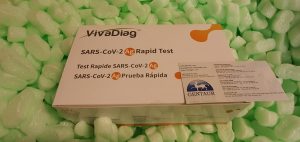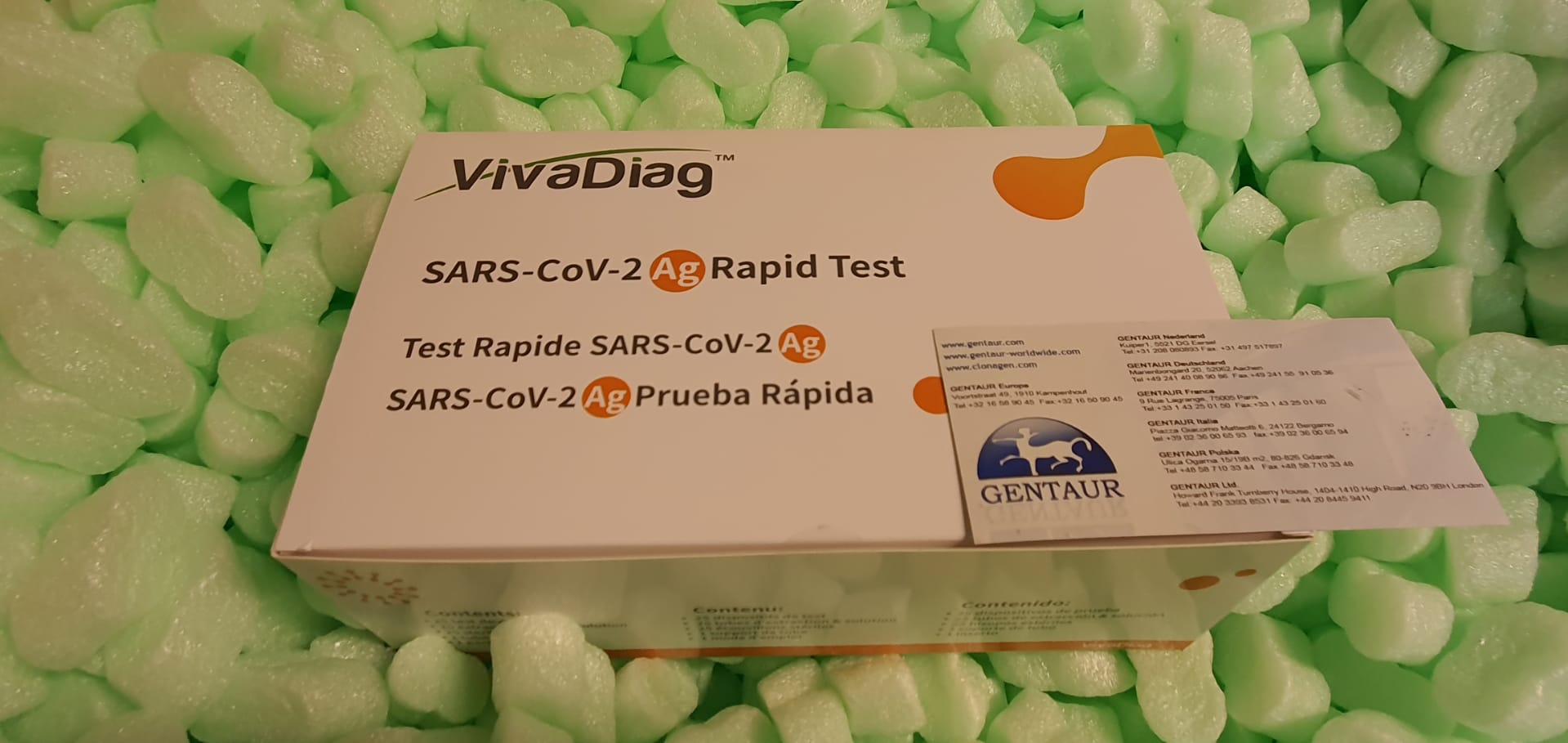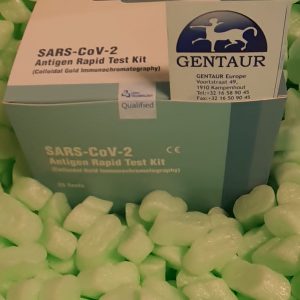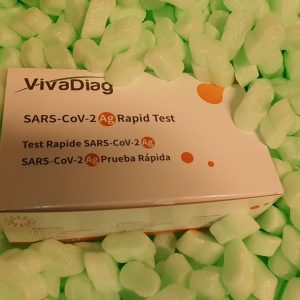Myocardin is a potent transcriptional coactivator protein, which features as the grasp regulator of vascular smooth muscle cell differentiation. The cofactor exercise of myocardin is mediated by its bodily interplay with serum response issue, a ubiquitously expressed transactivator that binds to CArG packing containers in genes encoding smooth muscle-restricted proteins. Purine-rich element binding protein B (Purβ) represses the transcription of the smooth muscle α-actin gene (Acta2) in fibroblasts and smooth muscle cells by interacting with single-stranded DNA sequences flanking two 5′ CArG packing containers in the Acta2 promoter.
In this examine, the skill of Purβ to modulate the cofactor exercise of myocardin was investigated utilizing a mixture of mobile and biochemical approaches. Results of smooth muscle gene promoter-reporter assays indicated that Purβ particularly inhibits the coactivator function of myocardin in a method requiring the presence of all three single-stranded DNA binding domains in the Purβ homodimer. DNA binding analyses demonstrated that Purβ interacts with CArG-containing DNA components with a a lot decrease affinity in comparison with different purine-rich goal sequences current in the Acta2 promoter.
Co-immunoprecipitation and DNA pull-down assays revealed that Purβ associates with myocardin and serum response issue when free or certain to duplex DNA containing a number of CArG packing containers. Functional evaluation of engineered Purβ level mutants recognized a number of amino acid residues important for suppression of myocardin exercise. Collectively, these findings recommend an inhibitory mechanism involving direct protein-protein interplay between the homodimeric Purβ repressor and the myocardin-serum response factor-CArG advanced.
Contaminations in sequencing information, particularly in reference genomes, result in inevitable errors in downstream analyses. Similarly, presence of contaminants in transcriptomes, misrepresents the molecular foundation of varied interactions. In this examine, we report the presence of a giant quantity of plant transcriptomes contaminated with RNAs encoding POU area proteins; a household of proteins that has not been reported in crops and fungi. Besides, our findings illustrated that there are 4 POU area protein-coding sequences in the reference genome of Rhodamnia argentea
DNA damage-signaling, homologous recombination and genetic mutation induced by 5-azacytidine and DNA-protein crosslinks in Escherichia coli
Covalent linkage between DNA and proteins produces extremely poisonous lesions and could be brought about by generally used chemotherapeutic brokers, by inside and exterior chemical substances and by radiation. In this examine, utilizing Escherichia coli, we examine the penalties of 5-azacytidine (5-azaC), which traps covalent complexes between itself and the Dcm cytosine methyltransferase protein. DNA protein crosslink-dependent results could be ascertained by results that come up in wild-type however not in dcmΔ strains.
We discover that 5-azaC induces the bacterial DNA injury response and stimulates homologous recombination, a element of which is Dcm-dependent. Template-switching at an imperfect inverted repeat (“quasipalindrome”, QP) is strongly enhanced by 5-azaC and this enhancement was fully Dcm-dependent and impartial of double-strand break restore. The SOS response helps ameliorate the mutagenic impact of 5-azaC however this isn’t a outcome of SOS-induced DNA polymerases since their induction, particularly PolIV, appears to stimulate QP-associated mutagenesis.
Cell division regulator SulA was additionally required for restoration of QP mutants induced by 5-azaC. In the absence of Lon protease, Dcm-dependent QP-mutagenesis is strongly elevated, suggesting it might play a position in DPC tolerance. Deletions at brief tandem repeats, which happen likewise by a replication template-switch, are elevated, however solely modestly, by 5-azaC. We see proof for Dcm-dependent and-independent killing by 5-azaC in delicate mutants, akin to recA, recB, and lon; homologous recombination and deletion mutations are additionally stimulated partially by a Dcm-independent impact of 5-azaC. Whether this happens by a completely different protein/DNA crosslink or by an alternate kind of DNA injury is unknown.

Pseudohypoparathyroidism Type 1A with Normocalcaemia, resulting from the Novel C.389A>G Variant of Exon 5 of the Guanine Nucleotide-Binding Protein, α-Stimulating Gene
Pseudohypoparathyroidism kind 1A (PHP1A) is a uncommon illness brought about by molecular defects in the maternally-inherited allele of the guanine nucleotide-binding protein, α-stimulating (GNAS) gene. The GNAS gene encodes the stimulatory G-protein α-subunit that regulates manufacturing of the second messenger cyclic adenosine monophosphate. Heterozygous inactivating mutations in these particular loci are liable for a spectrum of phenotypic traits of the illness, together with medical options of the Albright’s hereditary osteodystrophy, resulting from resistance to parathyroid hormone (PTH).
We report a case of PHP1A and discover the underlying novel level mutation of the GNAS gene that results in an atypical PHP1A phenotype. A male affected person with a spherical face, brief stature, and brachydactyly accompanied by normocalcaemia and delicate PTH resistance consulted at our heart. The GNAS encoding area from the affected person and each of his dad and mom have been amplified and sequenced instantly in a pattern of peripheral blood leukocytes. A novel c.389A>G level mutation in exon 5 of the GNAS gene, leading to a p.Tyr130Cys peptidic chain change of the Gsα protein, detected in the proband, in heterozygous state.
[Linking template=”default” type=”products” search=”CUL1 Human Protein” header=”3″ limit=”140″ start=”2″ showCatalogNumber=”true” showSize=”true” showSupplier=”true” showPrice=”true” showDescription=”true” showAdditionalInformation=”true” showImage=”true” showSchemaMarkup=”true” imageWidth=”” imageHeight=””]
Sequencing of the GNAS gene from his dad and mom didn’t reveal the c.389A>G mutation, confirming a de novo proband genotype. The maternal origin of the affected GNAS allele, together with delicate PTH resistance, confirmed the PHP1A prognosis. PHP1A, brought about by inactivating GNAS mutations, presents a vary of advanced medical phenotypes. The novel c.389A>G GNAS mutation introduced on this case expands the spectrum of identified PHP1A molecular defects and describes the related phenotype.





